
Passion flower: the hardiest
Selection of the hardiest passion flowers
Contents
The passion flower is a liana valued for its splendid flowers, which come in a variety of shapes and colours depending on the variety. Unfortunately, few passion flowers can withstand the harshness of our continental winters. However, some exhibit a hardiness of around -10°C when provided with the right growing conditions.
Here you will find a selection of four of the hardiest passion flowers available!
Passiflora caerulea: the hardiest passion flower
Passiflora caerulea is the hardiest of all passion flowers, capable of withstanding negative temperatures down to -12°C for mature specimens.
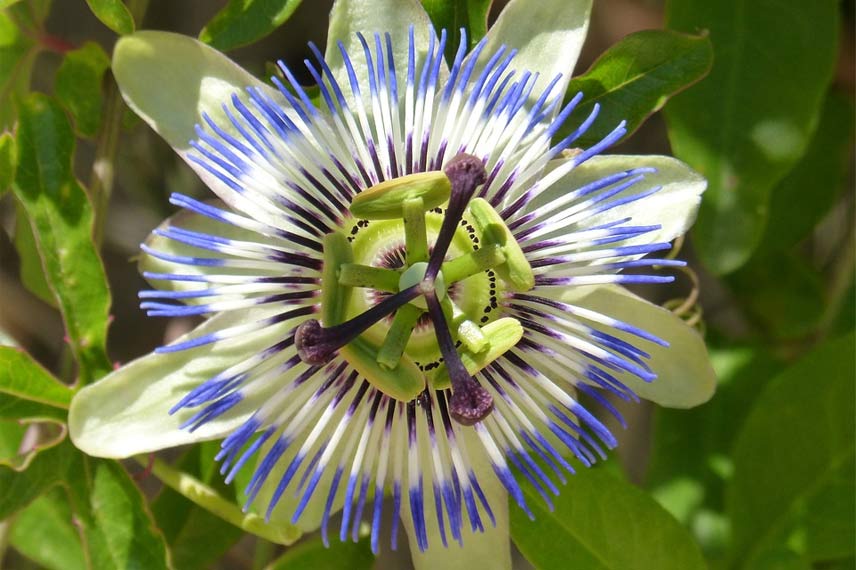
Passiflora caerulea
The blue passion flower produces long, angular stems equipped with tendrils that can reach up to 7 m in length. Semi-evergreen (the foliage and stems freeze in winter in regions north of the hexagon), the thick leaves of the blue passion flower are dark green, measuring 6-8 cm wide, and divided into 5 palmate lobes. Passiflora caerulea is valued for its very long flowering period, which lasts from June until the first frosts, exuding a subtle citrus fragrance. It produces flowers with a diameter of 8 cm featuring bluish petals topped with a double crown of filaments in shades of violet-blue, white, and purple. The subsequent fruiting results in oval, soft, orange fruits that are aesthetically pleasing but lack any culinary quality. Note: unripe fruits are toxic.
While Passiflora caerulea shows good frost resistance, it also withstands summer drought very well. In the south, this passion flower needs to be managed, otherwise its exuberance will quickly take over its surroundings. Plan for a severe spring pruning and regularly remove its fruits to limit its spread. Easy to cultivate, the blue passion flower has no specific soil requirements, other than that the substrate must be well-drained and sufficiently deep. Necessarily trained, it is grown in open ground with a south or west exposure. In winter, mulch the soil around its base to protect its roots from the cold.
Passiflora incarnata: a common passion flower with remarkable hardiness
Passiflora incarnata is a botanical species that enjoys very good hardiness. It is, indeed, capable of withstanding frosts of around -10 to -12°C.
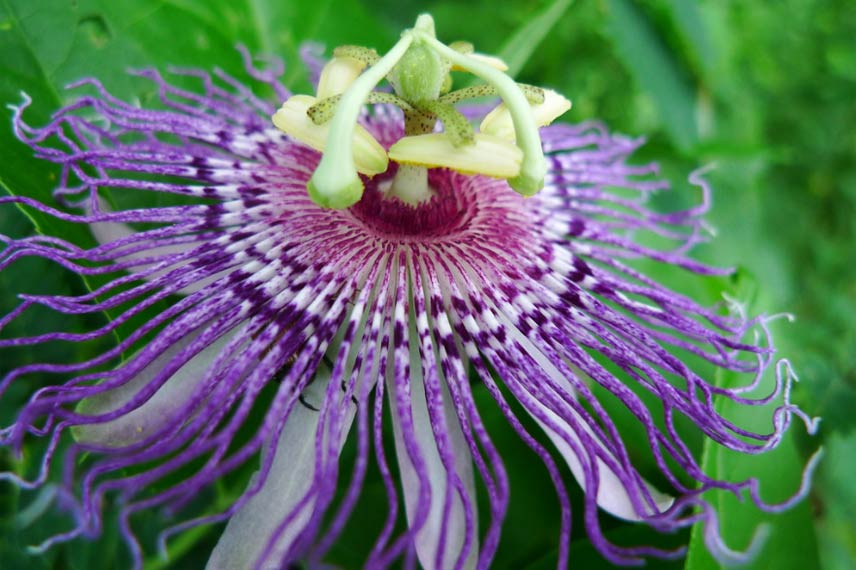
Passiflora incarnata, © DM – Flickr
Voluble liana with reduced growth, reaching only 3 to 4 m in height, the common passion flower is valued for its medicinal properties and exceptional ornamental qualities. Its deciduous leaves are glabrous, trilobed, and dentate, measuring 8 to 12 cm long, and are a beautiful glossy dark green. The remarkably exotic flowering of Passiflora incarnata is also fragrant. The summer flowers, pale mauve, are crowned with large twisted filaments of the same colour. In the presence of other plants, this passion flower produces edible fruits that range from green to yellow, offering a fragrant and pleasant flavour.
The common passion flower is hardy enough to be planted in the ground in many regions. However, its herbaceous stems disappear at the first true frosts. At the end of winter, it is advisable to cut back the frozen stems close to the ground. Not demanding in terms of soil, Passiflora incarnata prefers well-drained soils that are cool in summer and not too wet in winter.
Discover other Passionflowers
View all →Available in 0 sizes
Available in 0 sizes
Available in 0 sizes
Available in 0 sizes
Available in 1 sizes
Available in 1 sizes
Available in 1 sizes
Available in 2 sizes
Available in 1 sizes
Available in 2 sizes
Passiflora caerulea ‘Purple Haze’: a hardy hybrid with beautiful purple flowers
‘Purple Haze’ is a hybrid derived from Passiflora caerulea that stands out from the latter by the colour of its flowers, while benefiting from a cold resistance very similar. This Passion Flower is, indeed, hardy down to -10°C.
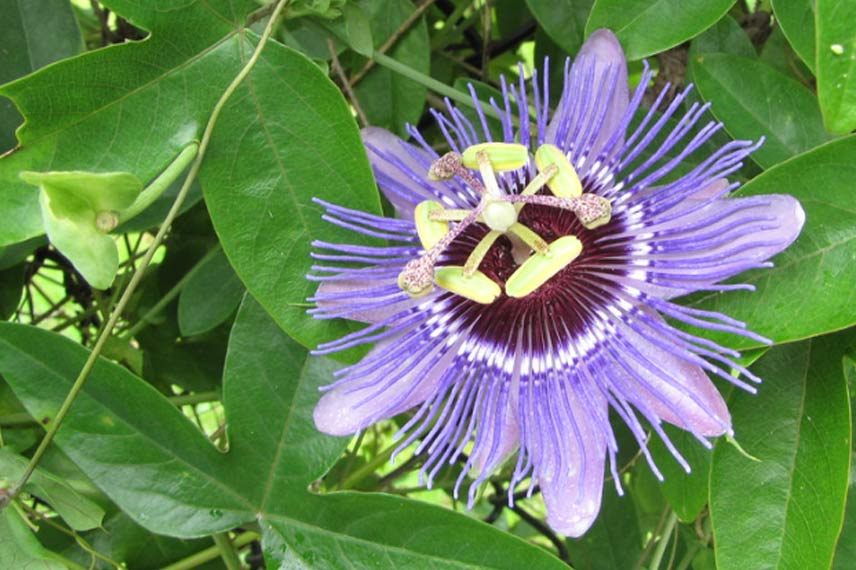
Passiflora caerulea ‘Purple Haze’, © Forest and Kim Starr – Flickr
This voluble liana, reaching up to 5 m in height, is equipped with tendrils, and it offers an alternate and evergreen foliage formed of divided leaves, green and measuring 6 to 10 cm long. The flowering of ‘Purple Haze’ runs from June to October, and produces large flowers 10 cm in diameter with white tepals and a mauve-blue filamentous crown. The ephemeral flowers are then followed by orange, edible fruits at ripeness, which offer a tangy flavour.
Passiflora caerulea ‘Purple Haze’ particularly appreciates rich, cool, and well-drained soils. It is planted in spring, preferably in a sunny position and sheltered from cold, drying winds. In mainland France, this passion flower thrives very well in southern regions and along the banks of the Loire. Caution, it can quickly become invasive in these areas, and must therefore be pruned after winter. Its vigorous lianas must also be guided onto a sturdy support.
Read also
Growing a passionflower in a potPassiflora caerulea ‘Constance Elliott’: a white and hardy passion flower
‘Constance Elliott’ is another cultivar of Passiflora caerulea that stands out from the others due to the white colour of its flowers, as well as its slightly lower hardiness. Indeed, this white passion flower enjoys a medium hardiness ranging between -8°C and -10°C depending on the growing conditions.
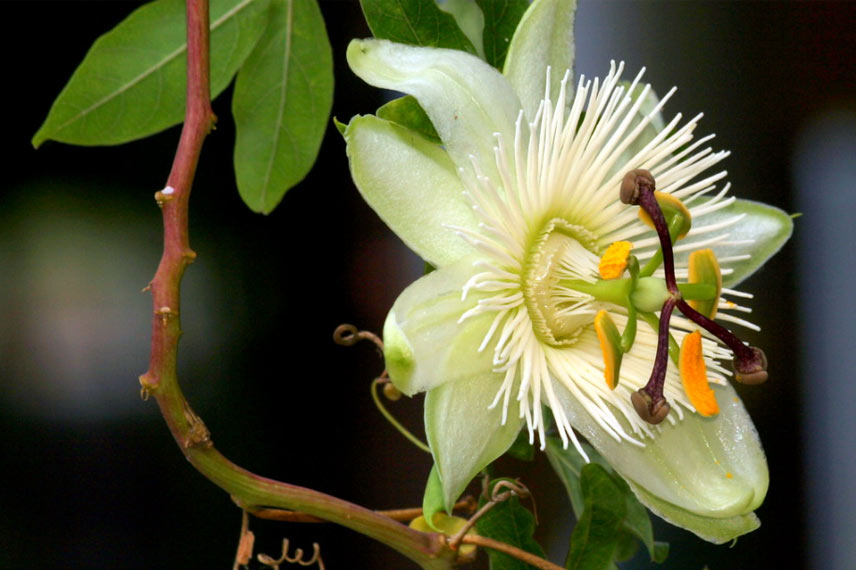
Passiflora caerulea ‘constance elliott’ © manuel m. v. – Flickr
This climbing plant, which grows very quickly and can reach up to 7 m, has long ramified stems. Its leaves, divided to the base, display a beautiful medium green colour. Between June and September, this passion flower produces flowers measuring 7 cm in diameter, with ivory white petals and a crown of white or pale blue filaments. Its small ovoid fruits, which turn orange at ripeness, have an unpleasant taste.
Passiflora caerulea ‘Constance Elliott’ can be grown in the ground and thus can spend the winter outdoors, provided it enjoys a full south exposure, or failing that, a west exposure, and is especially well sheltered from cold winds. It must also be mulched in winter to better withstand the rigours of winter. ‘Constance Elliott’ prefers rich, not too dry, deep, and well-drained soils. It should be trained and pruned at the end of winter to maintain an elegant habit and encourage flowering. In southern regions, it will need to be kept in check with severe pruning to prevent it from taking over the space.
- Subscribe!
- Contents
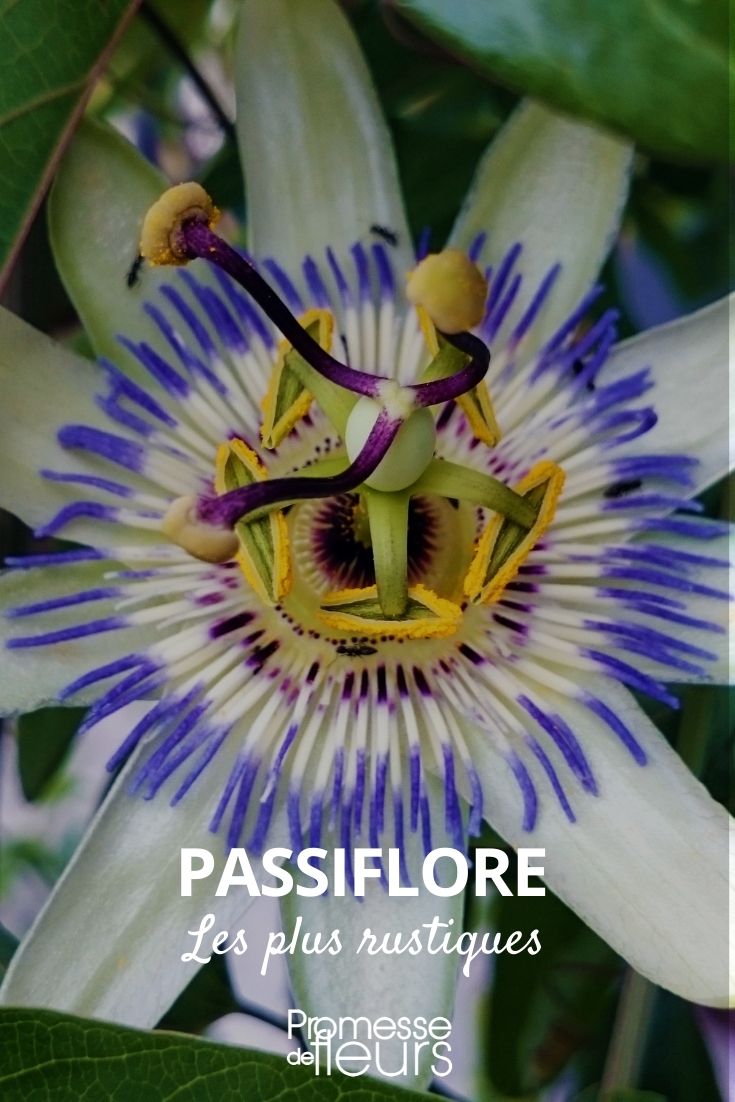































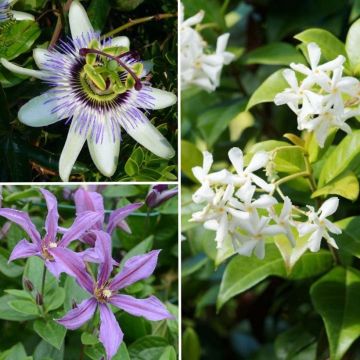

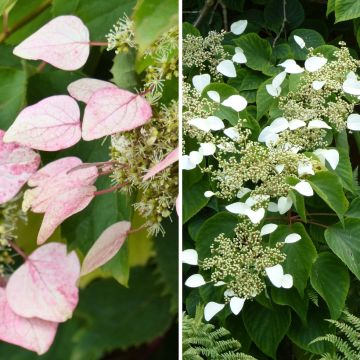

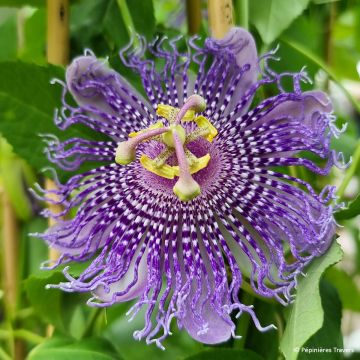


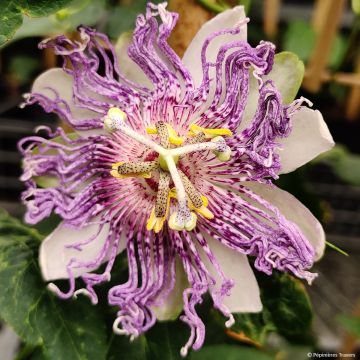
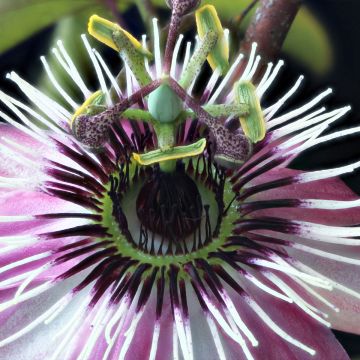

Comments